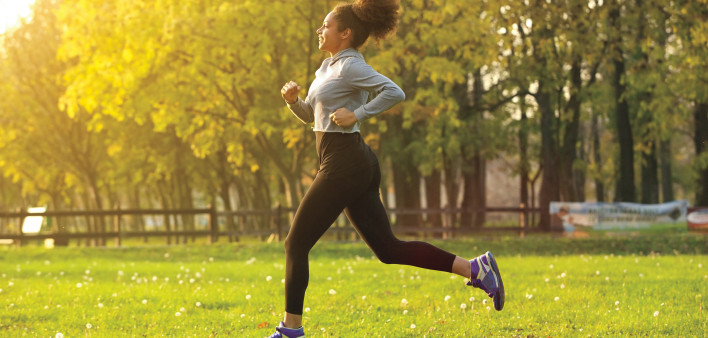Some of us folks living with HIV thrive on exercise. Our running, walking, gym, yoga or other routines are an integral part of our daily wellness, and we just don’t feel right if we go more than a few days without them. And that’s great!
The mountain of research showing that regular exercise improves the lives and longevity of folks living with HIV—and prevents weight gain—makes Mount Everest look scalable in comparison.
Yet for many of us, exercise—along with eating better or giving up smoking—is the No. 1 thing we know we should do but simply can’t—or won’t. That’s precisely why it’s important to think about it not as exercise but simply as movement, says Antonio Urbina, MD, who has been an HIV doctor for 25 years and currently heads the Comprehensive Health Center within New York City’s Mount Sinai Health System. The center focuses on people living with HIV as well as LGBTQ people.
“This isn’t just about looking good and weight loss,” says Urbina. “Something as simple as a daily walk can really impact your brain’s ability to experience happiness.” That’s why he tells patients: “I need you to trust me when I say that you need to increase your movement,” adding, “I don’t even call it exercise with them.”
Starting small is the key, he says. Walk up and down your street while listening to your favorite music or podcast. Walk up and down your stairs 10 times. With or without your dog, alternate between jogging for 30 seconds and walking for 90 seconds. A real trick to building movement into your life sustainably, says Urbina, is to find things like this that don’t feel like exercise—or a chore that you have to power through—but that weave themselves pleasurably into your daily routine.
What about folks who once were faithful exercisers but, perhaps because of COVID, have fallen out of practice? The same rule applies, says Urbina—start small. If you were a hardcore gymgoer accustomed to pounding the treadmill and then lifting heavy weights daily for 90 minutes, don’t pick up where you left off. Challenge yourself to go back to the gym and do, say, 20 gentle minutes on the treadmill, then 20 minutes lifting light weights. Starting—or restarting—exercise sets off a cascade of positive effects in your body that’ll spark you to come back for more. So listen to your body—it’ll tell you how much, and how fast, to ramp up.
Of course, as diverse as the physical and mental benefits of movement are, a central one remains weight loss. Increasingly, “patients on current HIV regimens come to me with concerns about weight gain,” says Urbina. “They say that despite no changes to their diet, they’ve noticed they’re adding on the pounds. So I’ll show them recent data showing that their current HIV regimen could be the issue, then I’ll suggest that we switch to a different med for a few months and see what happens.”
In many of his patients, he says, that has led to positive results.







Comments
Comments